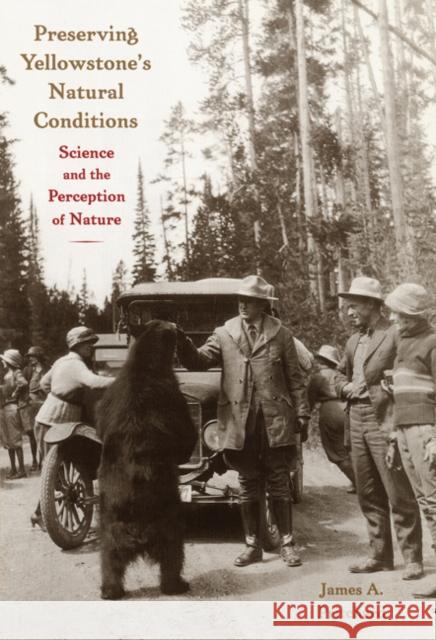Preserving Natural Conditions: Science and the Perception of Nature » książka
Preserving Natural Conditions: Science and the Perception of Nature
ISBN-13: 9780803237223 / Angielski / Twarda / 1999 / 370 str.
American ecologists seeking to influence the founders of the National Park Service had hoped that protection of the parks would create preserves where "natural conditions" could exist in an idealized presettlement state. These hopes, however, produced a bitter irony. In order to secure a naturally functioning park, officials had to provide intensive management to preserve "nature at work." For the better part of the twentieth century, the forms this management has taken have polarized public opinion. James A. Pritchard's Preserving Yellowstone's Natural Conditions demonstrates that even the most up-to-date scientific policy could not reckon with public expectations and animal behavior. When Yellowstone stopped its bear feeding program in an attempt to restore naturally regulated bear populations, the public bemoaned the loss of the spectacle. The bears, meanwhile, had learned to associate humans with food, and the loss of reliable meals brought them into campsites. Park officials had to shoot bears that made a menace of themselves, leaving many people frustrated with the park's attempts to preserve Yellowstone as a natural ecosystem. Pritchard believes that restoring natural conditions for bears and other animals is a sound idea. Yellowstone, he argues, represents an ecological anchor, a relatively untrammeled slice of nature. Despite decades of tampering, the park provides scientists and managers with an outdoor laboratory for examining natural processes that existed before extensive settlement. James A. Pritchard is an environmental historian and an adjunct professor of landscape architecture at Iowa State University.











